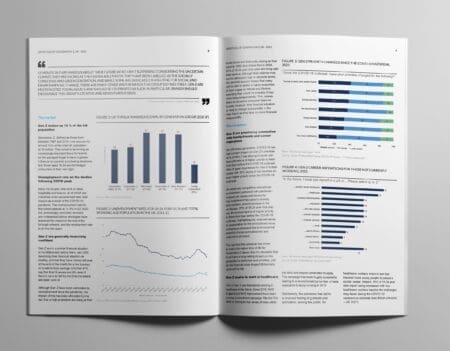India has the world’s second largest population and is set to overtake China to become the world’s most populous country. However, when it comes to household paper, India has among the lowest per capita consumption globally, and the lowest in Asia, according to Mintel estimates.
In fact, there is a stark difference when comparing India to Western markets. The per capita household paper spend in the US, for instance, is projected to be US$55.70 in 2021, whereas India’s is US$0.20—and this is only a fraction of what the rest of Asia will spend.
The reason for India’s low toilet paper consumption has cultural roots. Most Indians view toilet paper as unhygienic compared to their preferred practice of washing with water after toileting. Household paper brands and companies need to change this perspective if they are looking to invest in India and drive growth. The potential cannot be realised without a sharp attitudinal shift.
Brands can educate consumers and promote toilet paper as a hygienic option when compared to the traditional use of water with bare hands. Since toilet paper eliminates the use of bare hands, toilet paper brands have an opportunity to link their products to better hand hygiene and the prevention of disease.
In India, there is a need for dry toilet paper to be promoted as part of a multi-step routine. Household paper brands have an opportunity to promote toilet paper to complement the existing practices of washing with water.
The flushable moist wipes model
In the West, the flushable moist wipes (FMW) segment has evolved in order to supplement dry toilet paper with a wet wipe for more thorough cleaning. Although these wipes have drawn scrutiny for causing clogs in plumbing, they continue to gain popularity with consumers. Brands like Cottonelle and Charmin promote these wipes on the notion that dry toilet paper by itself does not achieve the same level of cleanliness as when supplemented by FMWs.
This marketing tactic is actually in accord with the Indian notion that dry paper doesn’t achieve the ideal clean. Because water is the primary means of cleaning in India, brands have an opportunity to discuss how toilet paper, when used in conjunction with a moist wipe or water, is the ideal combination. The key difference, of course, is that in India dry toilet paper needs to be promoted as a preliminary step to complement cleansing with water.
Role of local paper manufacturers
In India, consumers won’t try toilet paper if it is deemed both unaffordable and unnecessary. Heavy sampling in test markets can change attitudes and ultimately, consumer purchase and usage habits.
While product exposure is important, another key barrier is India’s lack of a manufacturing base that would let brands convert sampling into affordable household purchases. There is very little foreign investment and most existing manufacturing plants are owned by local brands which are ill-prepared to expand if toilet paper becomes mainstream.
Should there be a change in consumer preference for toilet paper in the future, global players can look at investing in the Indian market to see a return on their investment.
Mintel Reports Store
Browse Mintel’s beauty, cosmetics & toiletries industry reports.



















![[WATCH] 2 household care brand innovations tapping into the upcycling ingredient trend](https://www.mintel.com/app/uploads/2022/10/SocialMedia_EMEA_Upycling-Ingredient-Trends_Blog_1000x305-1.jpg)




















